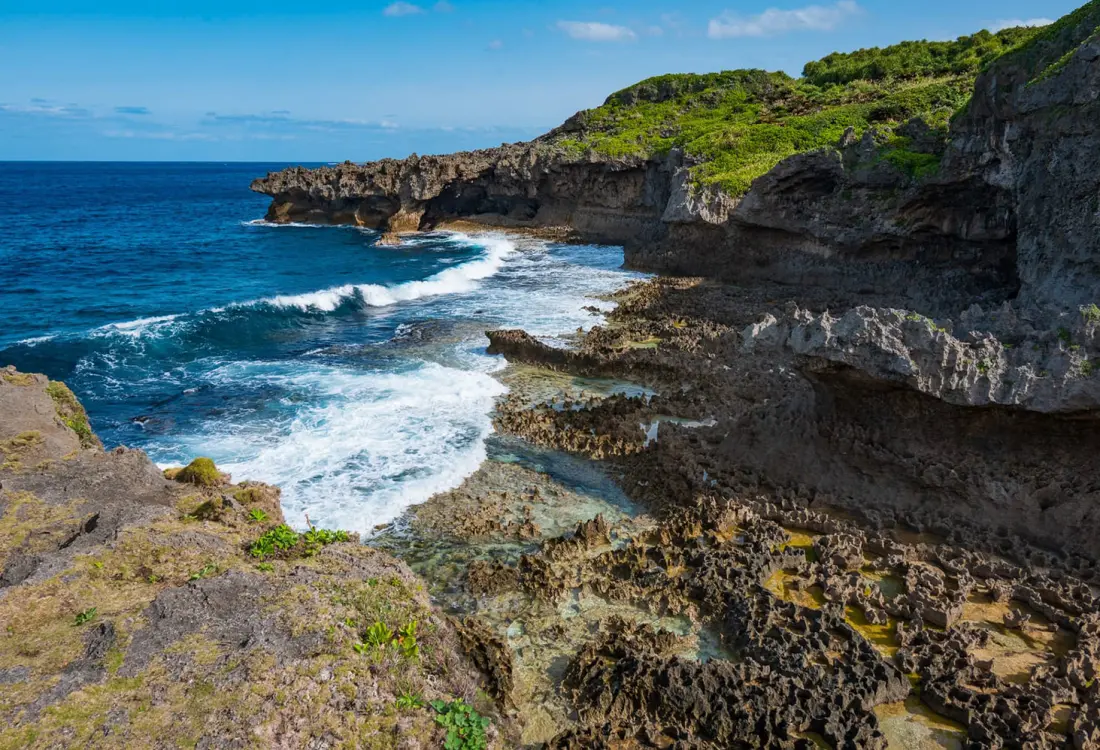
The Joyful Spirit of Tokunoshima
Approaching Tokunoshima by air, with the azure sea crashing against its rugged coastline and a patchwork of fertile fields nuzzling at the feet of young mountains, it is not difficult to imagine the primary industries that thrive here: agriculture, fishing, and tourism. What you can neither see nor feel from the air is the joyful spirit of the island, something that will become more apparent when you sit down to a colorful meal of the local cuisine or are greeted with a hearty "Kyugameera" by a shopkeeper. Perhaps it is this joyful spirit that helps Tokunoshima boast of having both a large number of centenarians (people over 100 years old) and one of the highest birthrates in Japan simultaneously. The residents of Tokunoshima live life to its fullest, in their youth and their old age.
For as lovely as the island's geography is, and it is truly breathtaking, to get the true sense of Tokunoshima, one must dive head first into its culture. For example, the popular Tokunoshima folk song "Waidobushi," accompanied by the strumming of the banjo-like sanshin and encouraging calls and whistles from the audience, revealed much to me about the people and culture of the Tokunoshima locals. Not only how much they enjoy their island life, but also how much they love their bulls.
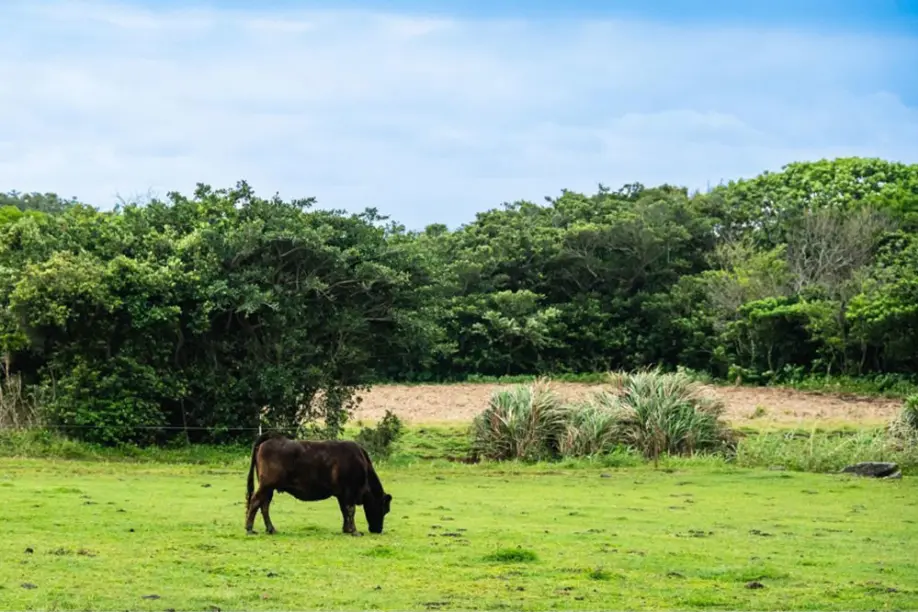
As an agrarian culture, bulls have always been important to Tokunoshima residents as partners in working the soil. But at some point, roughly 400 years ago, it was discovered that the bulls could also provide some form of entertainment. Togyu indelicately translates into English as "bull fighting". A more precise description would be "bull sumo," where two bulls lock horns to push each other out of a ring. Togyu events are held in seven stadiums around the island, and modern-day residents still get as fired up over them as their ancestors did, with raucous cheering, drum beating, and flag-waving. So great is the love of the sport on Tokunoshima that you can purchase a togyu calendar at the airport souvenir shop, with flattering pictures of recent champions.
Lest there be some misunderstanding about the perceived cruelty of togyu, one has only to listen carefully to the words of "Waidobushi" to gain clarity. The song describes the local people's pride in their bulls and how they cherish and care for them like human family members. The bulls are specifically trained for togyu, like athletes in any other sport, and owning and training a bull is a significant investment of both time and money for those who participate. While incredibly physical, togyu events do not end in the death or severe injury of the animals involved, nor harm the handlers who accompany them in the ring.
Even if your visit doesn't coincide with a togyu match, you can certainly enjoy the other reason bulls are cherished on Tokunoshima: the harvest of its produce. Sugar cane, sweet potatoes, and rice are but a few of the island’s agricultural products, each finding their place in the local cuisine, which is a mash-up of Okinawan Ryuku cuisine and traditional Japanese. The fertile volcanic soil helps make additive-free farming a reality on the island, where the rich flavors of the food and the long lifespans of the locals attest to the healthiness of their diet.


We sat down before a prepared table of Tokunoshima food at Yadori, a community building that can be used for all kinds of purposes, from small concerts to workshops to a full meal prepared by a local chef. Although elaborately presented on palm leaves and garnished with flowers, the ingredients are simple and fresh: seaweed harvested from the shore, fried fish, pork seasoned with salt, vinegar, and shoyu (soy sauce), peanut tofu, and a hearty chicken soup among them. Although completely lacking any exotic or expensive ingredients, it is a meal that still lingers in my mind for its clean and delicious flavors.
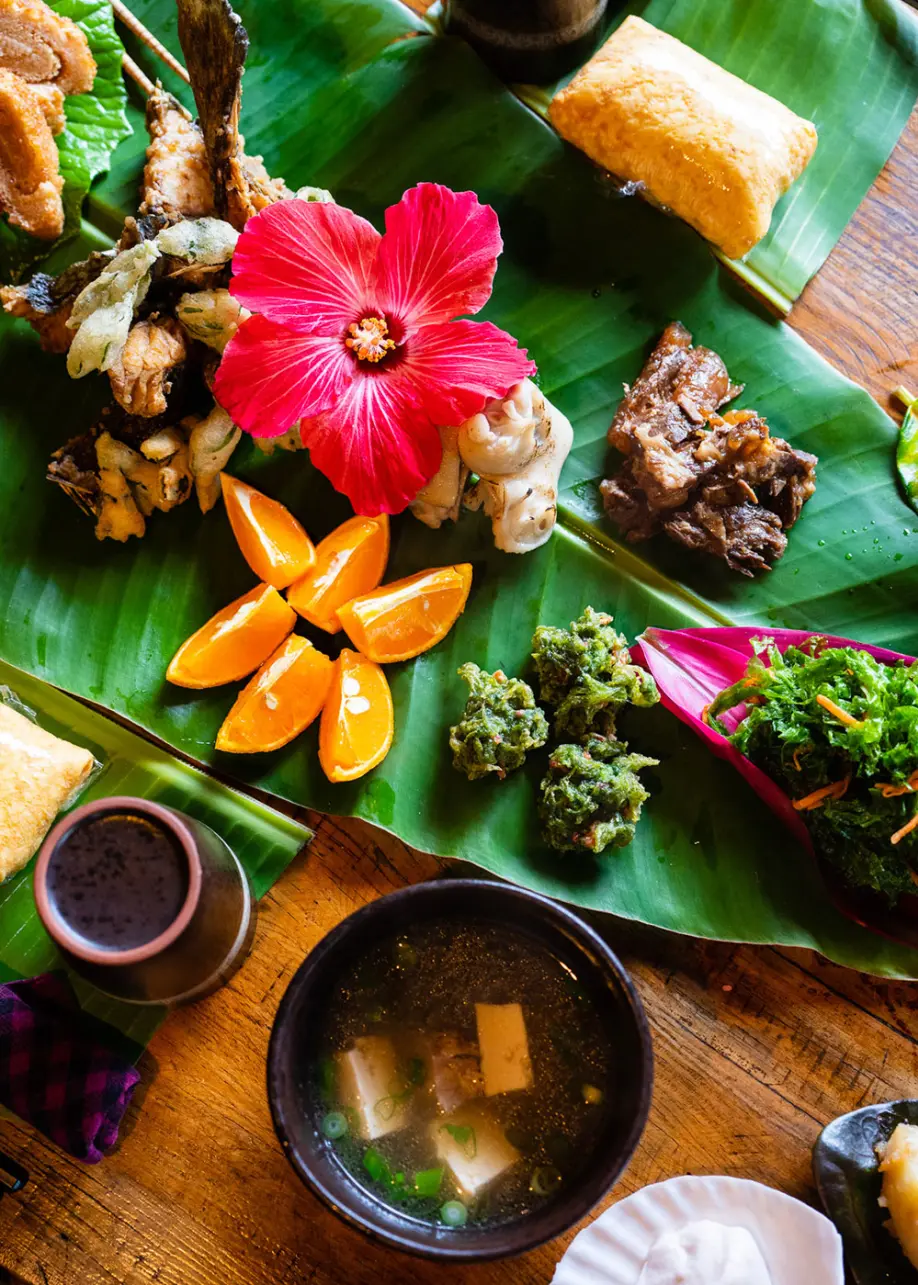
Although the local culture is the hidden gem you'll discover on Tokunoshima, most people come for the obvious one: the incredible scenery. As part of the UNESCO World Heritage site that encompasses Tokunoshima, Amami-Oshima Island, northern Okinawa, and Iriomote, the island is recognized for its lush subtropical rainforests, home to several unique and endangered species of birds and animals. The endangered Amami Rabbit makes its home in the mountains in the center of the island, but it is not so rare, as visitors often spot one or two while hiking or driving in the mountains. Take care when hiking in the mountains, however; Tokunoshima is also home to four species of the venomous habu snake, although bites are relatively rare and fatalities rarer still.

Ancient volcanic activity has forged some breathtaking, almost surreal scenery along Tokunoshima's coastline. At the north end of the island, Mushiroze is a massive formation of granite slabs stacked up along the shore, resembling a pile of Japanese straw mats for which it was named.
Aze Prince Beach is protected by a long coral reef acting as a breakwater, making it the perfect place for young children to play safely in the turquoise blue ocean waters. The sand here is made from coral in various stages of decay, and if you look closely, you might find something moving, like a cute hermit crab scurrying between rocky hiding places.


Cape Inutabu is locally known as the spot to enjoy the sunset. A concrete monument representing praying hands has stood here since 1968, memorializing the battleship Yamato, which was sunk off the coast of Tokunoshima near the end of World War 2.
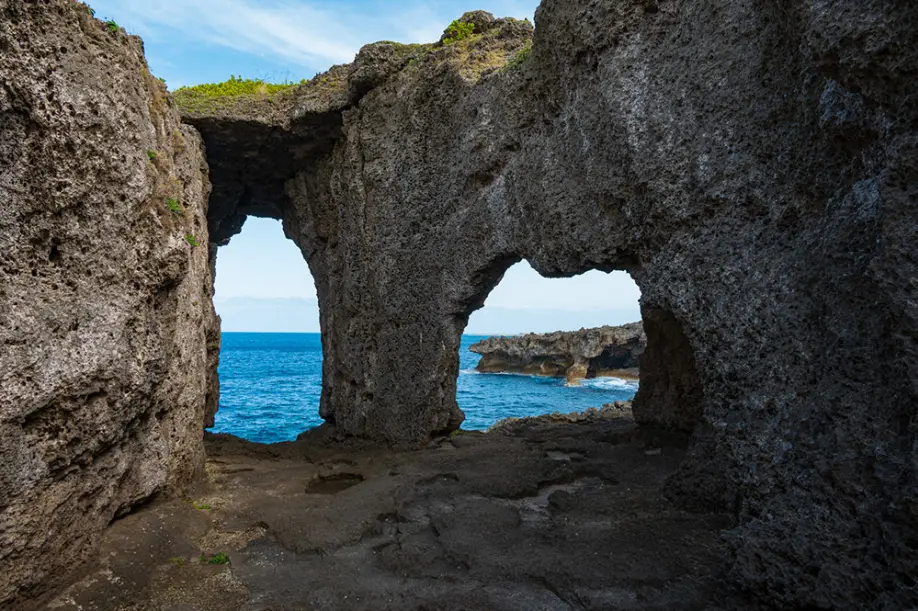
Perhaps most awe-inspiring is Innojofuta, where decaying formations of coral frame the wildness of the frothy waves crashing into the shore. Megane-Iwa (Spectacles Rock) is the most famous of these, but walk the entire pathway to discover other inspiring views of the power of nature. The peaceful Buddhist statue standing on the cliff here belies a tragic tale; it was erected several decades ago in memory of a pair of young honeymooners who accidentally fell to their deaths nearby.


No island destination can be completely relaxing without a suitable location to rest your head at the end of the day. For this, we stayed at a folk house renovated by a local company, Denpaku. Carefully restoring old houses that might otherwise go to waste, Denpaku transforms them into accommodations for tourists. The place I stayed at was large enough for six people, with Japanese-style sleeping arrangements on futon in several large rooms. There is a full kitchen for those staying longer who would like to prepare some meals on their own, as well as a large bath and shower room.


The highlight of this location is a former cow barn converted into an outdoor patio area for relaxing or spending time with friends, although I also appreciated the close proximity to the beach, which I walked to in the morning. In the era of COVID, having an accommodation that is entirely your own can help you fully relax on your holiday.


I had not expected Tokunoshima to be such a distinctly unique experience from its neighboring islands in Amami-Oshima and Okinawa, yet somehow it was, despite a lot of shared history. It's one of the pleasant revelations that makes visitors to Kagoshima's islands return to explore each one of them again, uncovering more of the rich culture and history hidden amongst the rainforests and sugar cane fields.
Island Paradise

Kanamisaki Sago Palm Tunnel

Mt. Nesugata Folklore

Oldest Living Person?

Tokunoshima Cuisine


Todd Fong
Photographer, mentor, story teller. Tokyo-based, Oaktown (Oakland, California) born. My writing and photography work includes Voyapon.com, "Sheila Kimono Style" (photo book), 365 Japan, and Metropolis. My curiosity about Japan, its culture and its history is matched only by the number of places in Japan I have yet to explore.
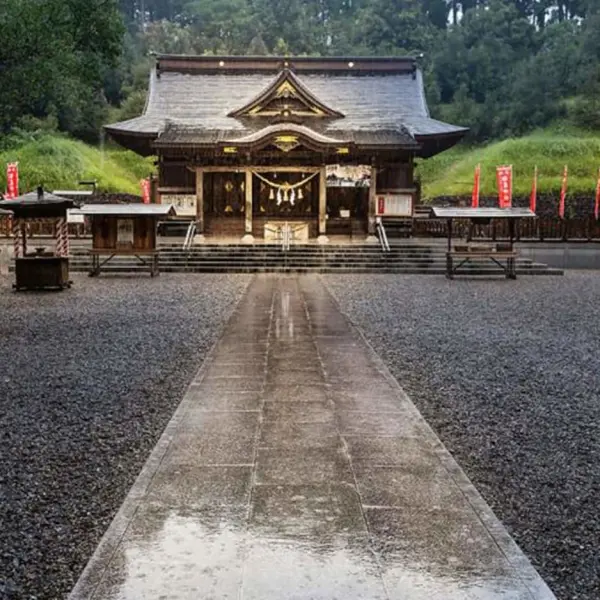 Road to Miyazaki
Road to Miyazaki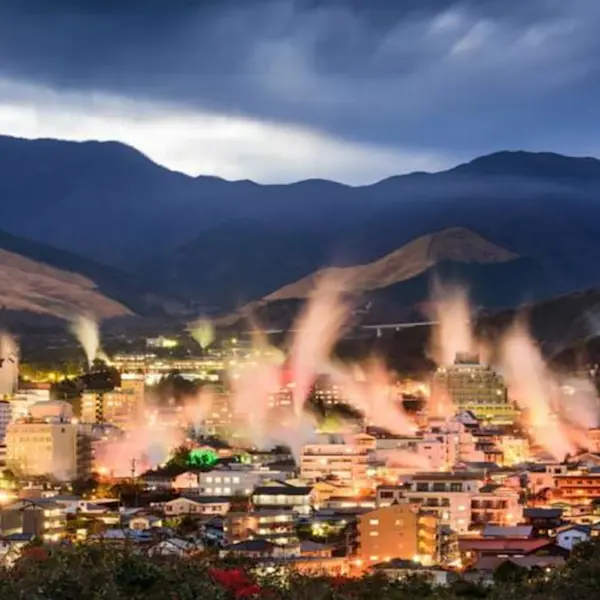 Beppu: An onsen for every taste
Beppu: An onsen for every taste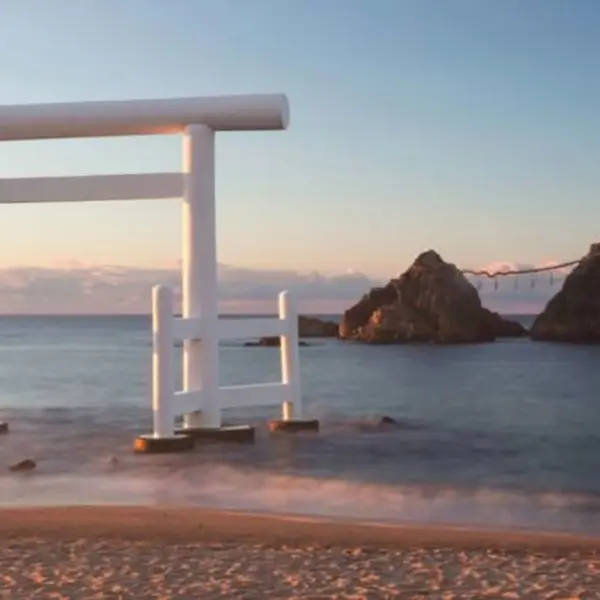 Slow down in Itoshima: Beach Cafés and Unforgettable Sunsets
Slow down in Itoshima: Beach Cafés and Unforgettable Sunsets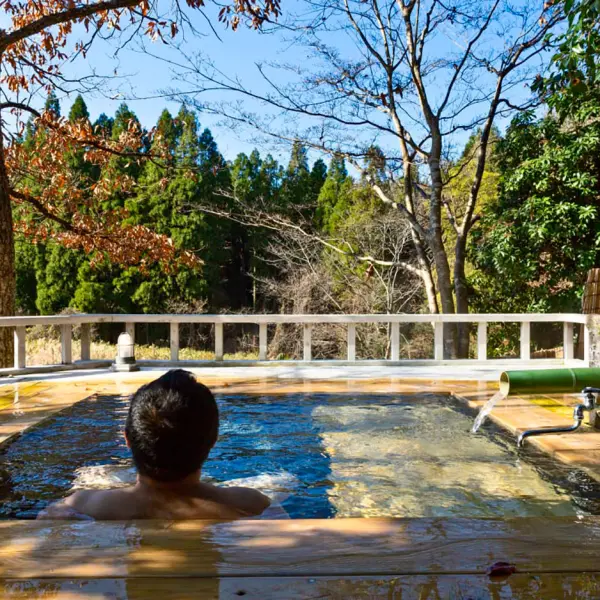 Waita Onsen Village - Spa-Hopping in Kumamoto’s Hot Spring Paradise
Waita Onsen Village - Spa-Hopping in Kumamoto’s Hot Spring Paradise Exploring Saga City and the Sake Street
Exploring Saga City and the Sake Street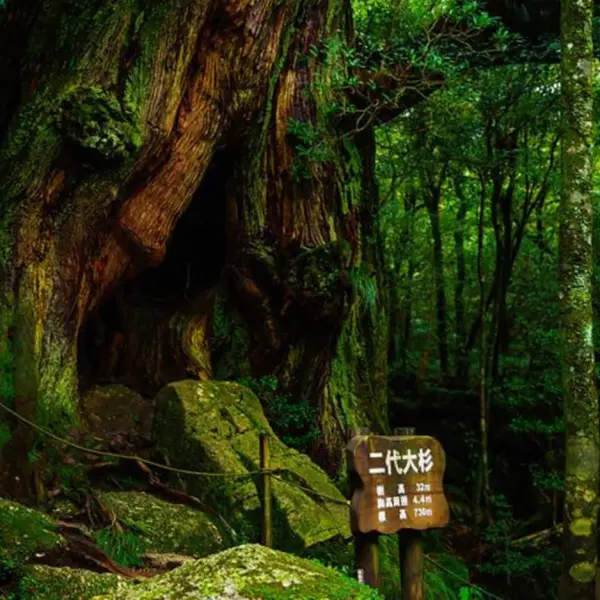 Yakushima: Island of Divinity
Yakushima: Island of Divinity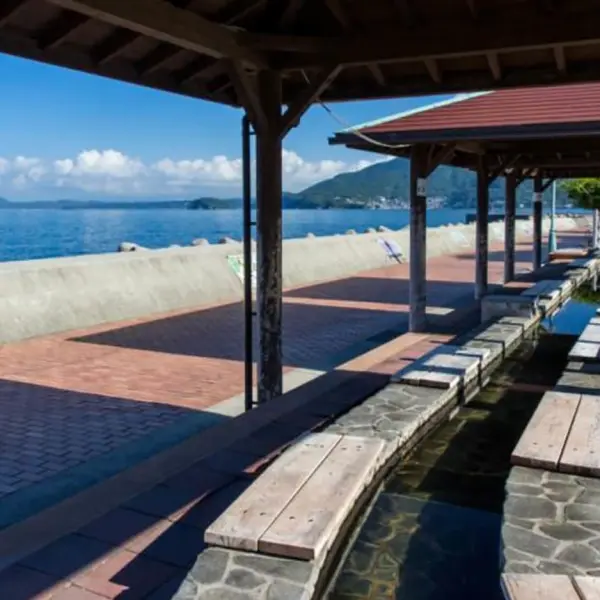 Obama Onsen: A Lovely Hot Spring Town by the Sea
Obama Onsen: A Lovely Hot Spring Town by the Sea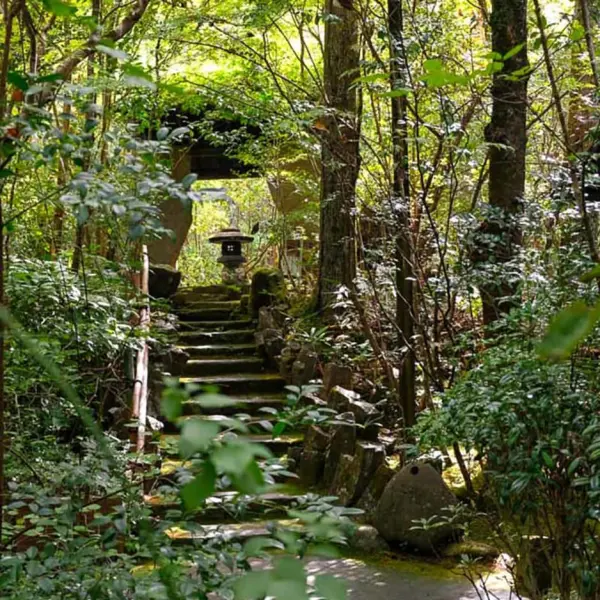 Sanso Tensui: A Luxury Onsen Retreat in the Forests of Oita
Sanso Tensui: A Luxury Onsen Retreat in the Forests of Oita Travel to Goto Islands in Nagasaki - Where Luxury and Convenience Awaits
Travel to Goto Islands in Nagasaki - Where Luxury and Convenience Awaits An onsen paradise – and culinary adventure – at Mount Aso
An onsen paradise – and culinary adventure – at Mount Aso




